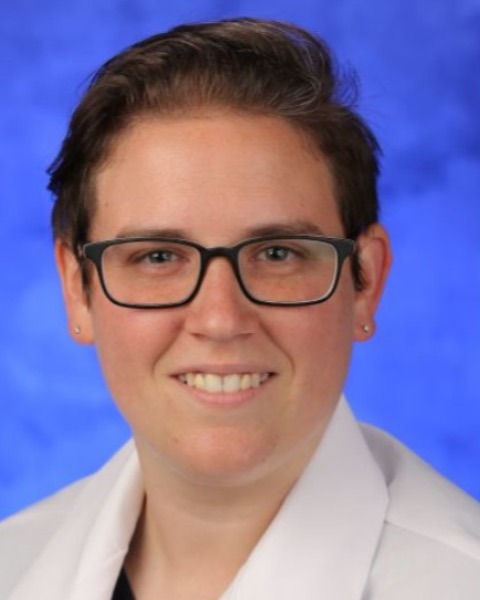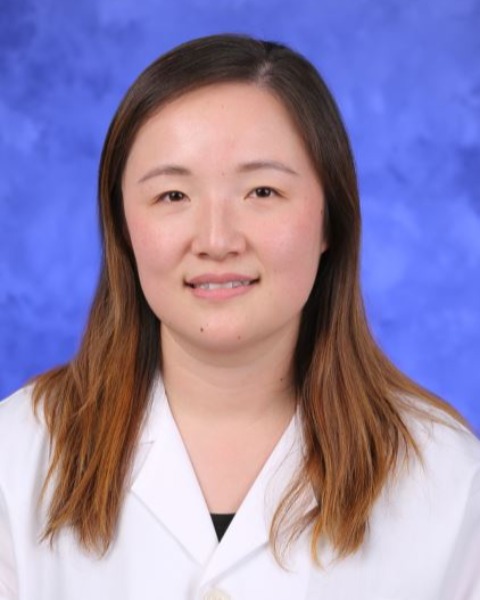Hepato-pancreato-biliary
E237: Robotic Assisted Pancreaticoduodenectomy Does Not Impact Receipt of or Time to Adjuvant Chemotherapy Compared to an Open Surgical Approach

Elizabeth J. Olecki, MD
PGY5
Hershey Medical Center
Hershey, Pennsylvania, United States
Elizabeth J. Olecki, MD
PGY5
Hershey Medical Center
Hershey, Pennsylvania, United States
Elizabeth J. Olecki, MD
PGY5
Hershey Medical Center
Hershey, Pennsylvania, United States- RB
Rushin D. Brahmbhatt, MD
Assistant Professor
Hershey Medical Center
Hershey, Pennsylvania, United States 
June S. Peng, MD
Assistant Professor
Penn State Hershey Medical Center
Hershey, Pennsylvania, United States- CV
Charles C. Vining, MD
Assistant Professor
Hershey Medical Center
Hershey, Pennsylvania, United States
ePoster Abstract Author(s)
Submitter(s)
Author(s)
Increasing utilization of minimally invasive techniques to treat pancreatic cancer has been demonstrated to have a variety of benefits including decreased length of stay, earlier return of functional status and reduced blood loss. One of the most important factors contributing to overall survival in patients with pancreatic cancer is receipt of multimodal therapy, specifically adjuvant chemotherapy. This study investigates the role of surgical approach in those undergoing pancreaticoduodenectomy (PD) for pancreatic adenocarcinoma and the impact on receipt and timing of adjuvant chemotherapy.
Methods: Using the National Cancer Database, all patients with pancreatic adenocarcinoma undergoing upfront PD surgical resection from 2004-2020 were identified. Patients were stratified by surgical approach (Robotic Assisted vs Open). Patient characteristics and outcomes including receipt of adjuvant chemotherapy and time to initiation of adjuvant chemotherapy were compared using bivariable and multivariable analysis
Results: Of the 19,690 patients included in this study, 4.6% underwent robotic PD (909/19,690). Baseline characteristics were similar except for a higher percentage of those undergoing robotic PD having Medicare compared to those undergoing open approach (61.7% vs 56.4%, p=0.001). There was no difference between groups in terms of initiation of chemotherapy after surgical resection with 72.7% of patients undergoing robotic procedures receiving chemotherapy compared to 71.8% of those undergoing open resection (p=0.56). Average time to initiation of chemotherapy was not significantly different between groups (60 days vs 61.3 days, p=0.57). There was no difference in terms of significant delay to initiation of chemotherapy ( >12 weeks after resection) between those undergoing robotic resections (9.5%) compared to open resections (9.1%) (p=0.716).
Conclusions: This study does not demonstrate a significant improvement in either the receipt or time to adjuvant chemotherapy in those undergoing a robotic compared to open PD. As surgeon experience with robotic pancreatic surgery continues to increase, future studies should continue to investigate association of surgical approach and time to adjuvant chemotherapy.
Learning Objectives:
- Describe current incidence of the use of robotic surgical approach for pancreaticoduodenectomy.
- Describe similarities among different surgical approaches in terms of initiation of adjuvant chemotherapy in patients undergoing pancreaticoduodenectomy
- Describe similarities among different surgical approaches in terms of timing to adjuvant chemotherapy in patients undergoing pancreaticoduodenectomy
